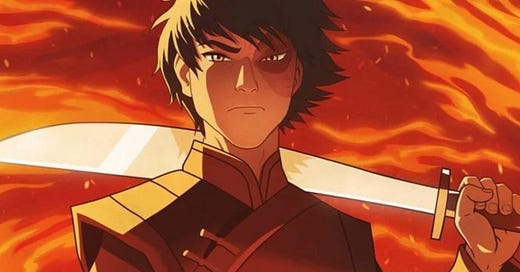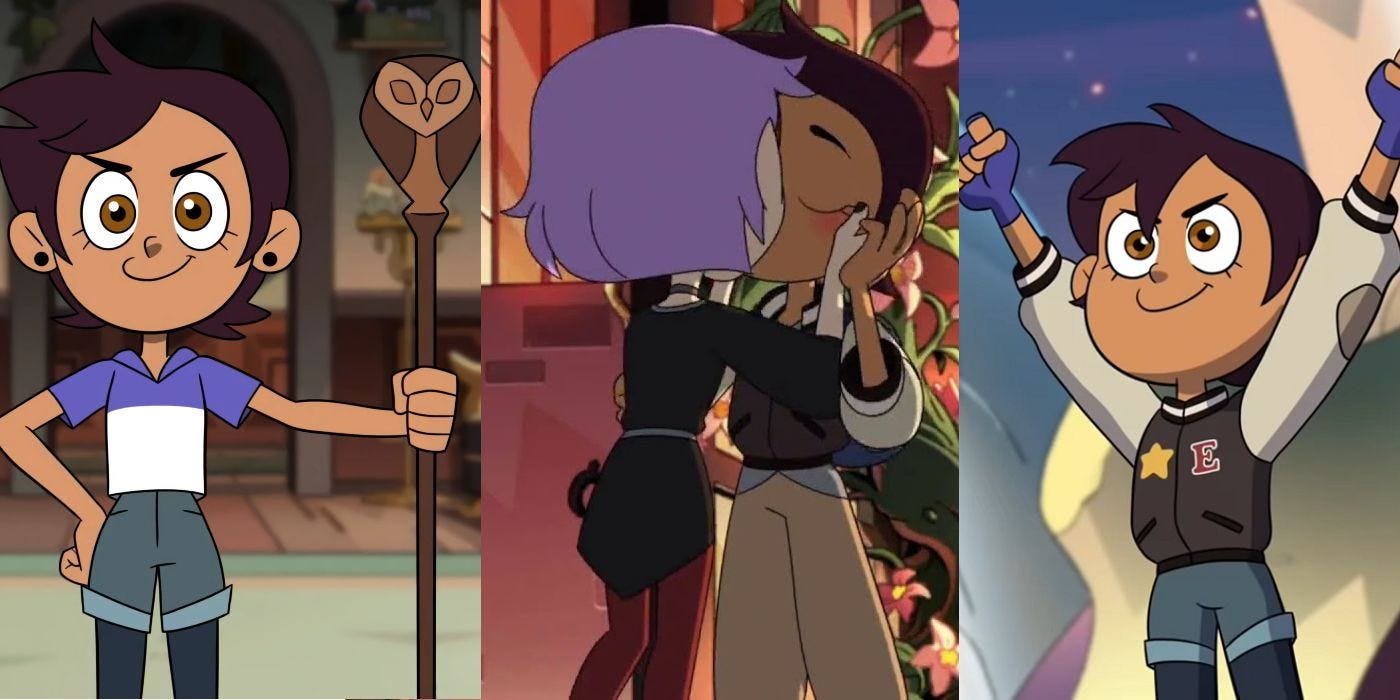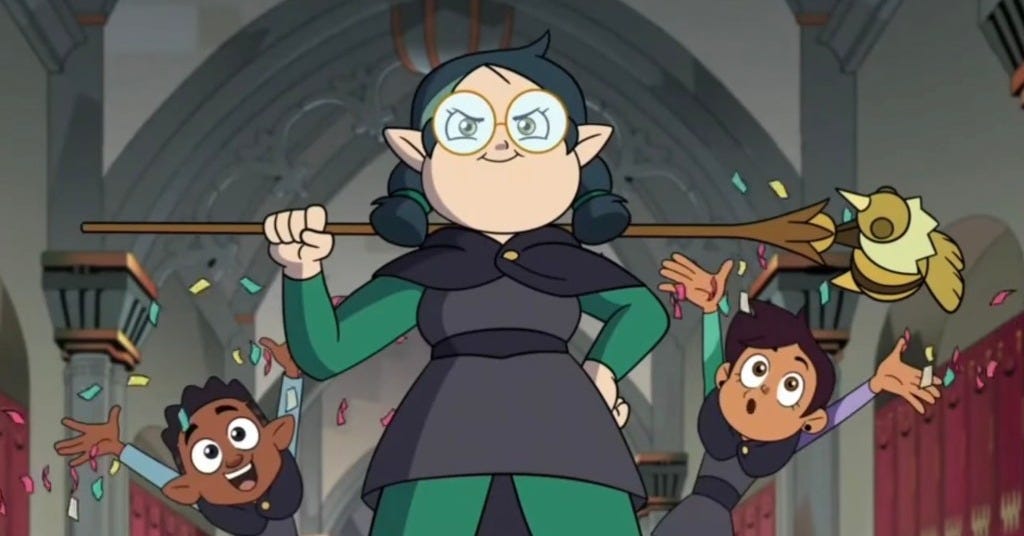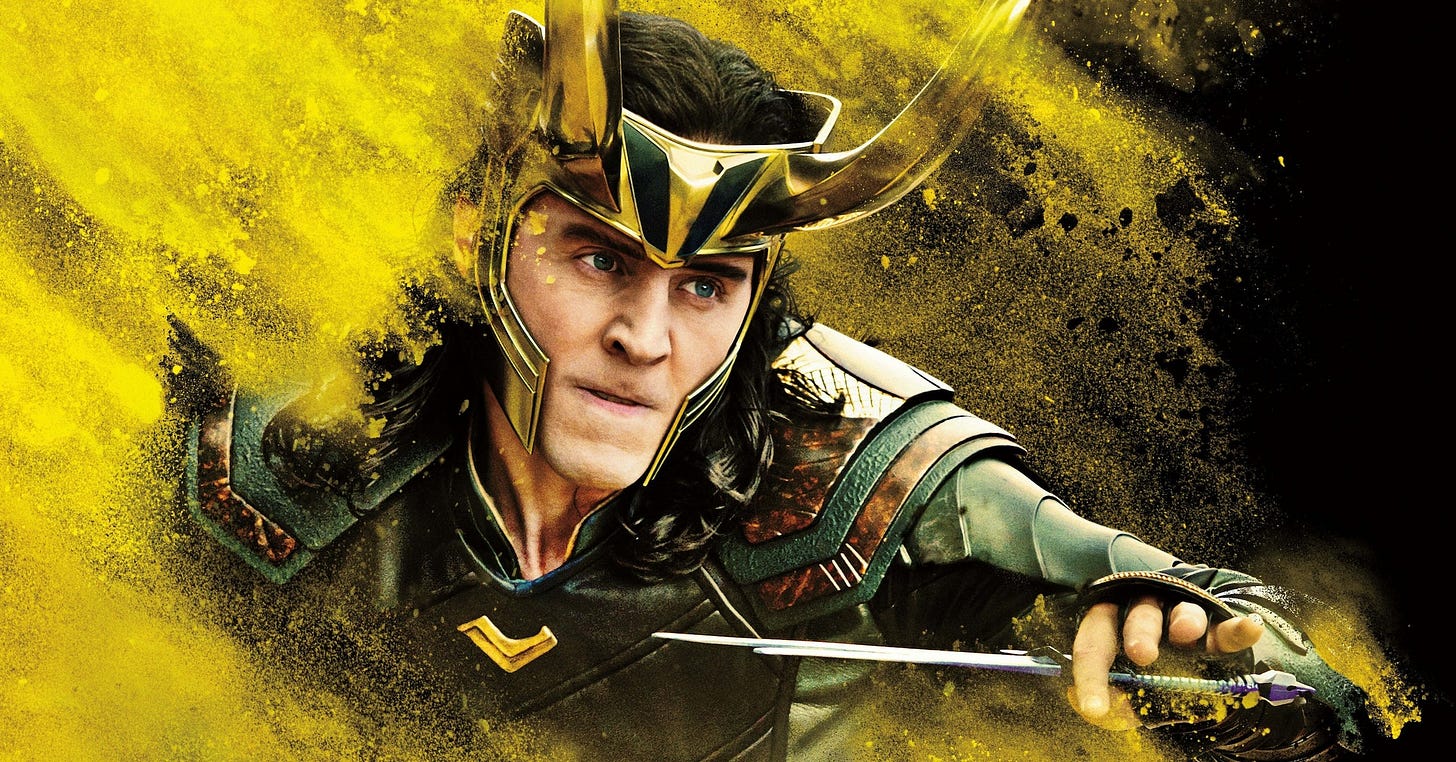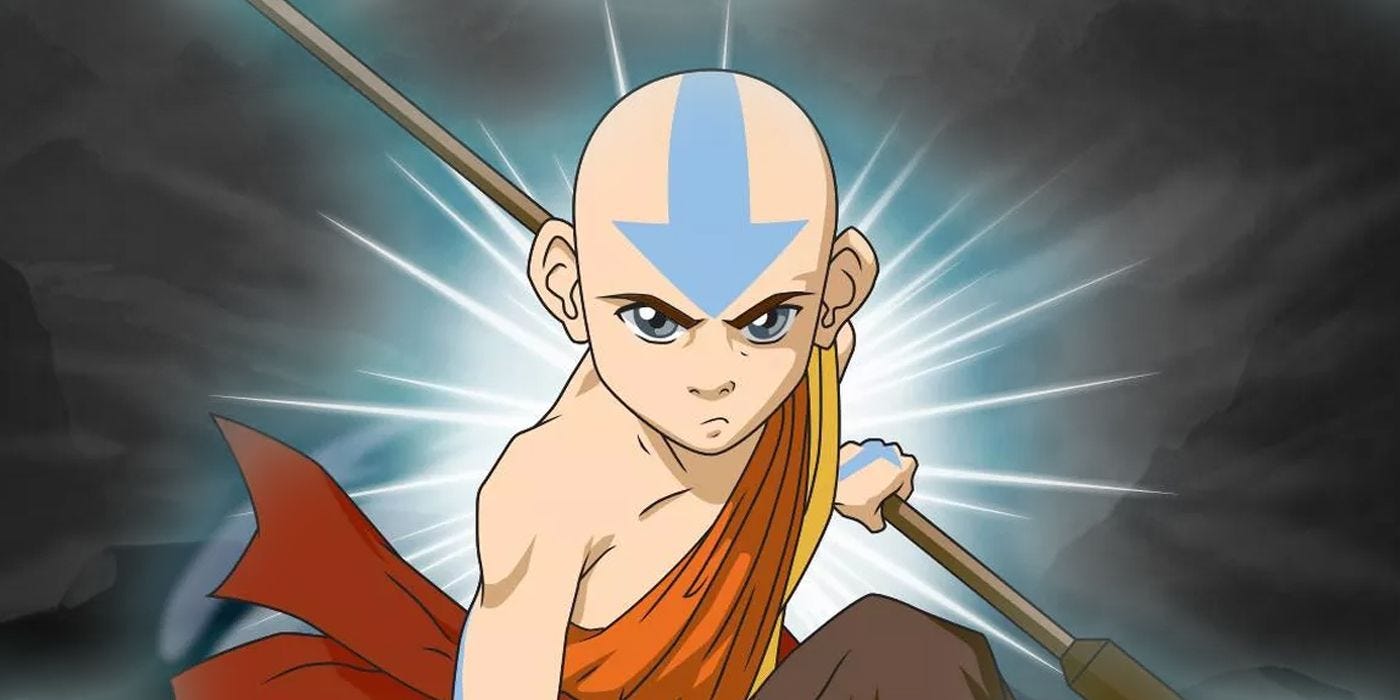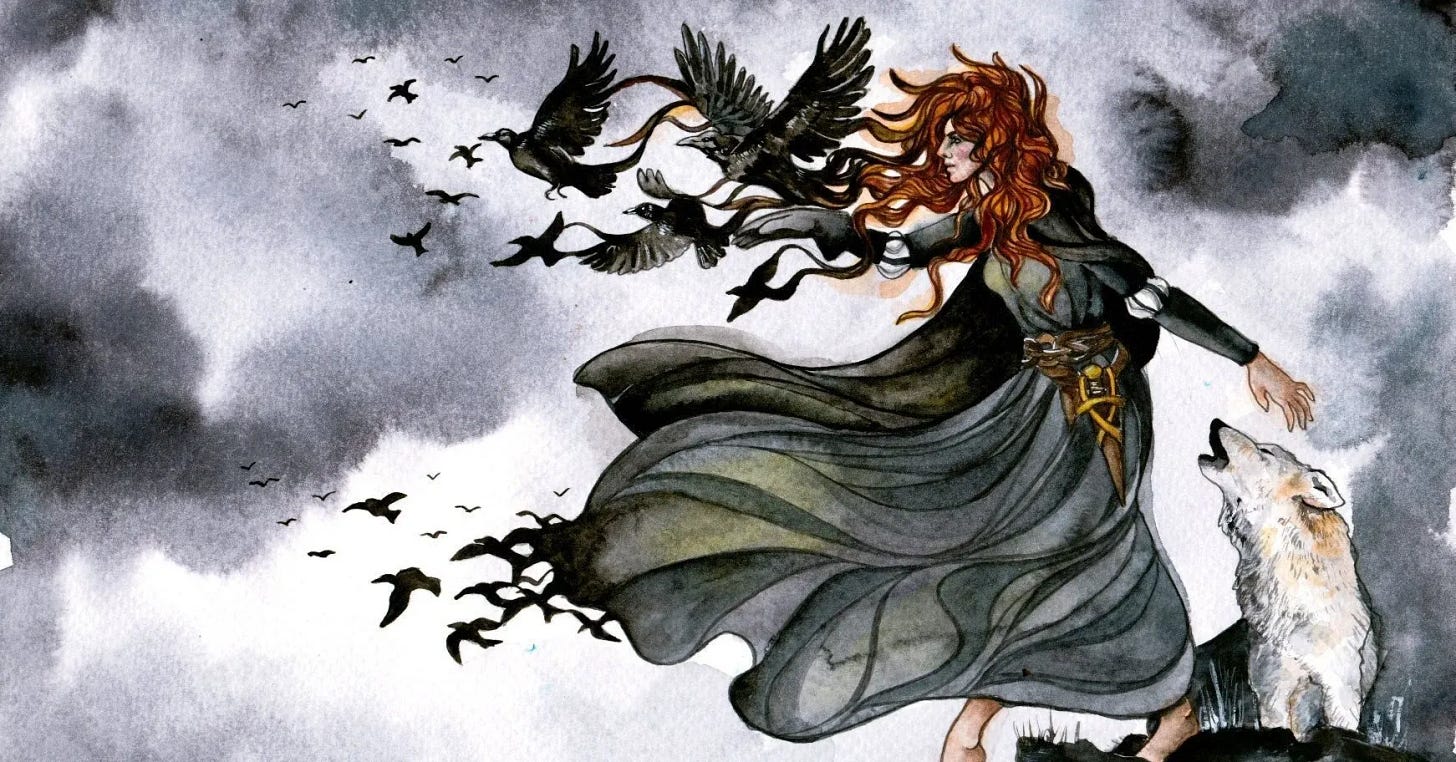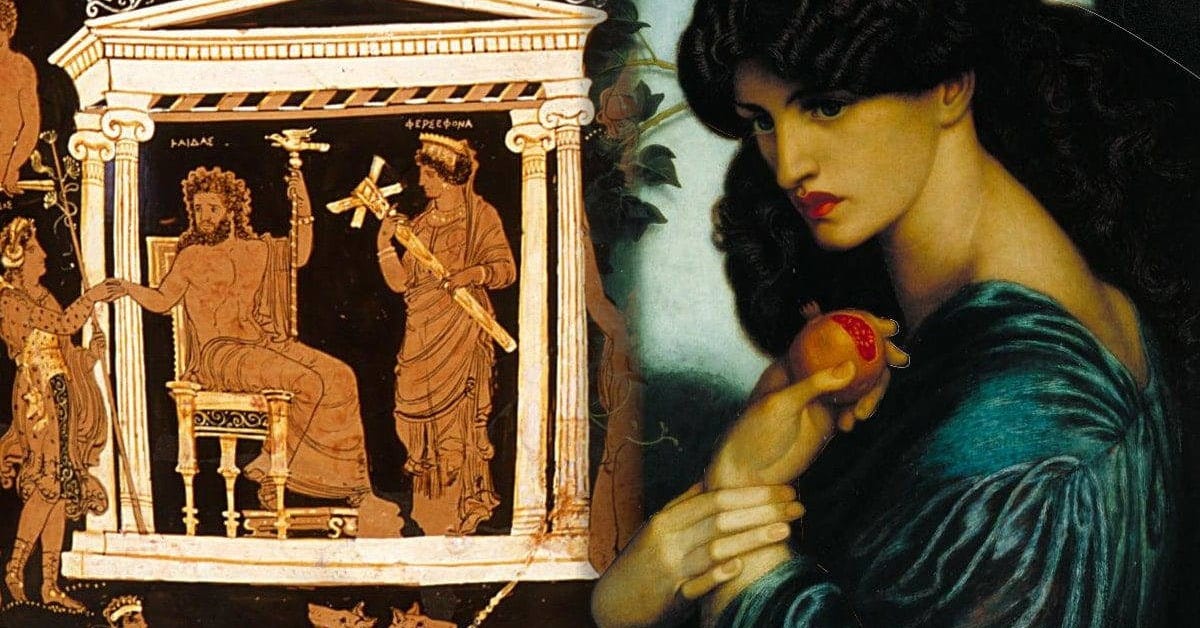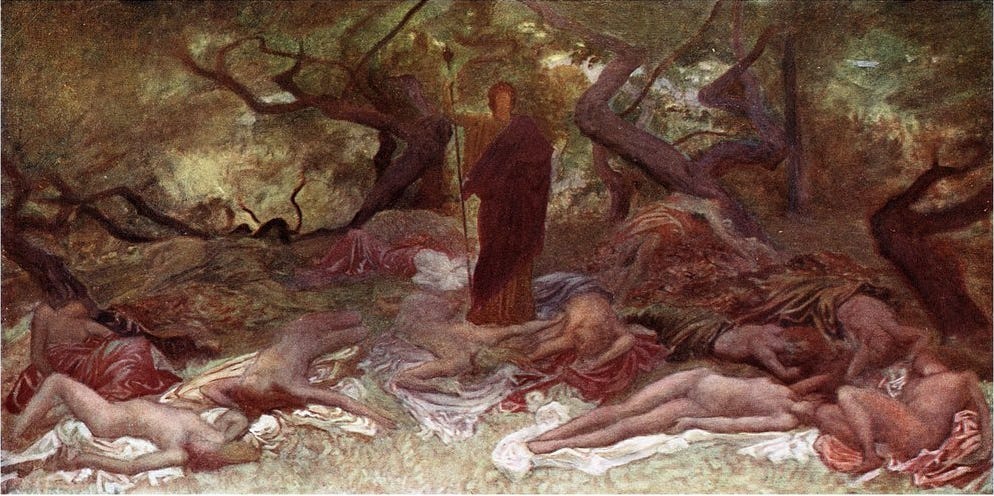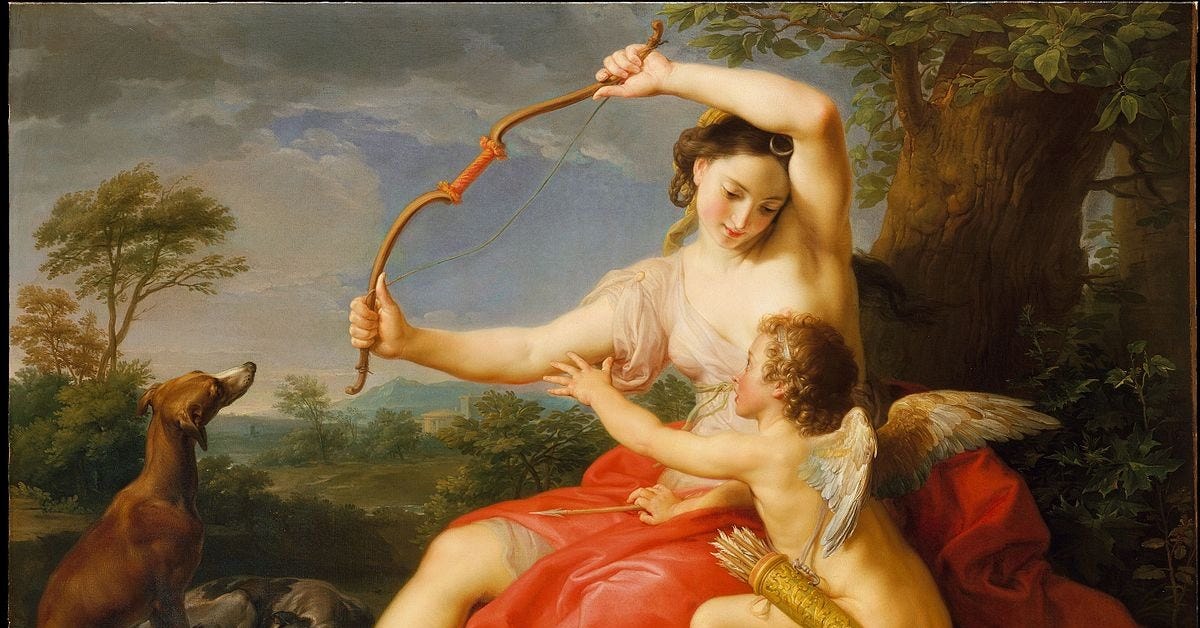There comes a moment in the exile’s journey when the scapegoat myth shatters. Not with noise, but with a soul level truth. You were never the problem. You actually have now become the initiate. The flame-bearer. The one marked for deep transformation. As you dear reader are here. The roles you were cast into; The Good Kid, the Black Sheep, the Caretaker, the Rebel, the Peacemaker, were never your true name. They were actually containment spells. Psychic contracts. Ways the family system tried to survive by splitting the wholeness of who you were into manageable fragments.
But you were never meant to stay split. Beneath every survival role lives a suppressed archetype, a deeper soul identity encoded with power, clarity, and mythic purpose. These archetypes are your source code. And you are not here to live the story they gave you. You are here to rewrite it. This is the beginning of your death and rebirth arc.
This is where we reclaim the archetype behind the role, not to just merely perform another identity, but start the journey to finally become whole. Let’s descend into the code of your soul myth. Let’s name the exile. Then crown them sovereign.
In the previous article we talked about the different roles that a dysfunctional family system can push a child in. We saw how the Good Kid, has as shadow the Wild Child and Trickster, next to the Sovereign Child archetype as its true archetypal core. Next the Black Sheep, has as shadow the Truth Teller, next to the Visionary archetype as its true archetypal core. With the Caretaker having as shadow the Wounded Healer, and as true archetypal core the Chalice Bearer archetype. The Rebel, next has also the Wild Child and Trickster as shadow, but now acting out more, with the Liberator as the true archetypal core. Where finally the Peacemaker, has as shadow the Orphan, with the archetype of Inner Guardian as true archetypal core. Each of them hides a coded god-form, a dormant myth waiting for rupture and rebirth.
✦ Act 1: Your Archetypal Cast
We are not just one archetype here but have many different combinations. And even other archetypes not even mentioned here. Think the lover, the warrior, the mystic, and various other ones. And together they make up the archetypal cocktail that makes us, who we are. Like the spiritual blueprint of our soul-code. Like a specific main cast of characters. Now let’s introduce the cast:
The Good Kid:
Wolf-Apollo: The feral form of Apollo, beyond the polished intellect. This is Apollo as instinctive solar clarity, rooted in nature, capable of holding emotional depth and wolf-light together. They do not perform the role of the "good child" but blesses themselves with solar authority.
Shadow Apollo: The Good Kid in distortion becomes over-rational, emotionally detached, or looped in perfectionism, a disembodied sun.
Wild Child/Dionysus erupts when the "Good" has gone too long unexpressed.
You were 7 years old, cleaning up the house unasked and getting straight A’s, hoping your perfection would stop dad from drinking again. That was the Good Kid trying to earn love by being easy, quiet, and useful.
Luz Noceda from The Owl House
Luz starts off trying to be good, to make everyone proud, often at the cost of herself. But her real magic comes when she trusts her instincts, embraces her weirdness, and stops trying to earn love. Shadow Apollo is her in Season 1: overthinking, approval-seeking, always trying to do the right thing to fit in. Wolf-Apollo is Luz when she finds her own magic and becomes a solar force that blesses herself, no longer seeking to be "good," just true.
The Black Sheep:
Cassandra: Embodies the trauma of being right but disbelieved. Her shadow is Apollo, the very force who cursed her, symbolizing intellectual control, distraction loops, and spiritual bypassing that repress feeling. The way out is Wolf-Apollo also symbolised by Wotan, known as the Wise Old Man.
Hecate: Oracle of the liminal spaces. When the Black Sheep integrates their power, they stand at the threshold as guide, no longer a scapegoat but a torchbearer.
You were 10 when you started asking the questions no one wanted to answer, why mom never smiled, why no one talked about grandpa. Yet you were met with silence, or worse. That was the Black Sheep being cast out for naming truths too uncomfortable to hold.
Zuko from Avatar: The Last Airbender
Zuko is cast out, shamed, exiled, literally scarred for speaking out against violence. His truth, his inner fire, his refusal to blindly follow, all labelled as betrayal. He then tries to conform, to win back love through performance. But the real battle is internal:
– Who am I if I’m not what my father wants?
– Am I the villain or the hero?
His pain becomes his prophecy. Like Cassandra, he becomes the one who sees what others can’t, but isn’t believed until he stops proving and starts embodying. When Zuko reclaims his inner fire, not as destruction but clarity, he becomes the flame that guides Aang and ends the cycle of violence.
The Caretaker:
Demeter: Mother of Persephone, giver of nourishment, the sacred maternal force.
Persephone: The abducted child, pushed into the depth of repressed grief and depression. She is key for the caretaker to reclaim their agency and descends not as victim, but as conscious guide of death and renewal.
You kept checking if your mother ate, while no one asked if you were hungry. That was the Caretaker forged by neglect, love given to survive, not received.
Willow from The Owl House
Willow starts as the overlooked one, always nurturing, always supportive, but deeply undervalued. She carries the grief of being unseen, even when giving everything. As she reclaims her power, she no longer tends to others from self-sacrifice but from strength and sacred agency. She goes from over-giver (Demeter) to sovereign magic-wielder (Grail-bearer).
The Rebel:
Hermes: Trickster and boundary crosser can go first kinda chaos mode. The Rebel matures when the impulse to destroy transforms into the skill to awaken and free, from within, using chaos as a tool of initiation, not reaction.
Dionysus: God of ecstasy, ritual madness, divine disobedience, and breaking false structures. He liberates the suppressed.
You were 13 when you started skipping school, wearing clothes they hated, saying "no" just to prove you could. That was the Rebel screaming back at a world that never listened unless you broke the rules.
Loki from the Marvel Cinematic Universe
Loki’s early chaos is reactive, born from pain, rejection, and a desperate need to be seen. That’s Trickster in shadow. But the real transformation begins when he starts using his chaos consciously, not to destroy out of spite, but to liberate, to create new paths. In Loki (the series) we begin to see him shift from wounded Rebel to initiatory Liberator, breaking timelines not just for fun, but for freedom.
The Peacemaker:
Persephone (pre-Queen): Symbolizes the Peacemaker’s repressed grief, swallowed needs, and blurred boundaries.
Artemis: Boundary-setter and protector of innocence. The Peacemaker reclaims fire not by avoiding conflict, but by becoming the inner sanctuary they always offered others.
You were 8 years old, smoothing your voice over while adults screamed so they wouldn’t fight. That was the Peacemaker role binding you, softening the air so it wouldn’t shatter.
Aang from Avatar: The Last Airbender
Aang is gentle, kind, and always seeks harmony, even in war. His aversion to conflict, deep empathy, and desire to keep everyone happy are classic Peacemaker traits. But beneath that lightness is a core wound, fear of failing, of becoming the avatar. His shadow is avoidance: he runs from the Avatar state, from grief, from rage, from the pain he carries. But Aang’s growth is learning to hold his fire. To stop diffusing his power for others. He doesn’t become violent, he becomes still and sovereign. Like Artemis, Aang learns to protect his flame and embody peace with backbone.
✦ Act 2: The Secret Arc They Didn’t Tell You
The Korybantes Nurturing Dionysus Arc
Dionysus, a divine child torn apart by the Titans (trauma), is secretly raised by the wild Korybantes, ecstatic warrior-dancers who protect him through rhythm, ritual, and madness. The Korybantes are the children of Apollo, and help nurture Dionysus with nymphs of the Goddess. This arc heals the dissociation from the body and instinct in favor of the intellectualized, obedient self. The Korybantes represent the wild inner protectors, somatic rituals, dance, primal play, that restore the fragmented psyche.
🟡 You were never “too much.” You were always too luminous for their rules.
What this means practically:
You stop performing perfection to feel safe.
You begin trusting your instincts, letting your weirdness lead.
You reclaim your play, your chaos, your body’s wisdom.
You create sacred structure for your wildness, not against it.
This is when you stop managing others’ expectations and tending your own fire.
The Wolf-Warrior Guided by the Morrigan Arc
The Morrigan is the Celtic triple goddess of war, prophecy, and fate. She meets warriors before battle, not to cheerlead, but to test their soul. The wolf is a recurring animal ally in Indo-European myth, often representing the exiled one, the outlaw, the initiatory warrior outside civilization’s moral structure. The “Black Sheep” is a projected upon scapegoat, carrying the unacknowledged chaos and truth of the system. This arc reclaims the sacred rage and inner clarity of those who were pathologized for refusing to conform. The Morrigan awakens active imagination and gnosis: the ability to see through lies, illusions, and inherited trauma patterns.
⚔️ You were never the family’s failure. You were their unclaimed prophecy.
What this means practically:
You stop explaining your truth to people committed to misunderstanding it.
You stop begging to be believed.
Instead, you follow your inner fire, even if it scorches illusions.
You reclaim your anger as sacred sight.
You walk with wolf-sight and crow-vision, no longer asking for permission to exist.
The Persephone Underworld-Rebirth Arc
Persephone’s descent into the underworld is not just abduction, it’s initiation. Hecate is her shadow guide: witch of crossroads, liminality, and forgotten paths. Hermes is the psychopomp, escort of souls. Together, they form her true allies in becoming Queen of the Underworld, not a victim, but a sovereign. This is the journey into the unconscious mother-complex and the pattern of feminine self-abandonment, what I coined the Ghost Mommy role. Persephone begins as the maiden in service to others’ needs. Through Hecate and Hermes, she navigates death, grief, sexuality, and agency. The caretaker role dissolves as the soul encounters grief, rage, and its own mystery. You become the one who walks others through shadow, because you walked yourself through first.
🌑 Your compassion was never the problem. Just your self-erasure.
What this means practically:
You stop giving to be loved.
You descend into your own needs, grief, and hidden power.
You realize the part of you that was always trying to save others was secretly crying to be saved.
You step out of servitude and into sovereignty.
You become the guide you never had, not through sacrifice but through rebirth.
The Hermes Gathering the Fragments of Dionysus Arc
Hermes, god of boundaries, commerce, and trickery, is the one who first finds the infant Dionysus. He hides him from Hera’s wrath and brings him to be raised in secret. Dionysus is later torn apart by the Titans, his body fragmented. It is Hermes who helps gather him again, a psychopomp of resurrection. This is the re-integration of lost soul fragments after trauma, repression, or exile. Hermes is the archetype of the trickster-psychologist, guiding the soul through humour and paradox. This arc speaks to queer identity, neurodivergence, and emotional complexity, the parts of you society said didn’t fit. You become whole through mercurial reassembly: storytelling and art.
🔥 You weren’t made to follow rules. You were made to liberate the code beneath.
What this means practically:
You learn to channel your rage through creativity instead of chaos.
You take the fragments of your shattered self and turn them into art, ritual, or revolution.
You become the Trickster with direction, not to destroy, but to unspell.
The Arkteia Reclaiming Inner Sovereign Arc
In the Arkteia, young children danced as young bears for Artemis, the ancient goddess of wilderness, moonlight, and unclaimed girlhood. It was an old rite of passage: from innocent peacemaker to wild sovereign. Artemis protects the liminal self. Persephone, trained to please and serve, learns to say no with sacred fierceness. This is the sacred reclamation of the rejected inner wild child, especially in those conditioned to self-sacrifice for harmony. Artemis is the self in opposition to trauma disguised as morality, and Persephone is the inner split between approval and personal soul-truth. You stop negotiating your truth for love. You reclaim boundaries as a spiritual act, and become sovereign in your emotions. It’s about unblending from the “nice girl and good boy” and stepping into sacred defiance. You’re not here to be liked. You’re here to be real.
🌙 Peace is not the absence of conflict. It's the presence of a spine made of moonlight.
What this means practically:
You stop making yourself small to keep the peace.
You begin honoring your no as sacred.
You tend your grief. You stop absorbing everyone else’s emotions.
You build boundaries not as walls, but as sacred space.
You reclaim the wildness and wisdom you exiled to avoid conflict.
Within future coming article’s I will go deeper into the different sovereignty arcs in a practical manner. So how you can turn story into action and inner work into self-sovereignty. As this is only the beginning of your soul initiation. We have just now unlocked your secret soul-code and self-sovereignty arc. For some people, like myself, you might even have a combination of story arcs, to go through. I personally had both the Hermes arc, Wolf-Warrior guided by the Morrigan arc, and Arkteia arc. For other people this might be a different combination of arcs, or there could be personal soul-codes for you to unlock with Hermes, when you are digging in your Dreamscape.
🧬 Soulware 3.1.3 – Patch Notes: "Exile to Sovereign" Update
🔥 Core System Overhaul: Role-to-Archetype Refactor
Soulware 3.1 initiates a fundamental update to identity systems. Users previously locked in survival-based psychic contracts (roles) will now begin automatic decoding and retrieval of their deeper archetypal source code.
✨ New Features: Archetypal Cast Builder
- Users may now access multiple archetypes simultaneously. The psyche is not a monoculture.
- Dynamic casting system enabled: mix-and-match your internal pantheon.
- Integration of Warrior, Mystic, Lover, Sovereign, Oracle, and other subroutines now supported.
🕯️ Narrative Expansion Pack: Mythic Arcs Installed
- The Korybantes Protocol
- The Morrigan Directive
- The Persephone Descent Protocol (Persephone.exe)
- The Hermes 2.0 Patch
- The Artemis Liberation ProtocolThis isn't a rebranding of the self. This is the re-coding of the soul. You are not a role.
You are not a symptom. You are myth, trying to remember itself. Welcome back, you Flame-Bearer. Now let’s rewrite the story!

